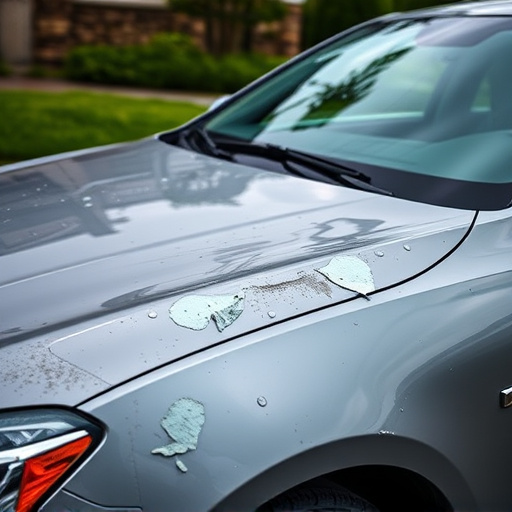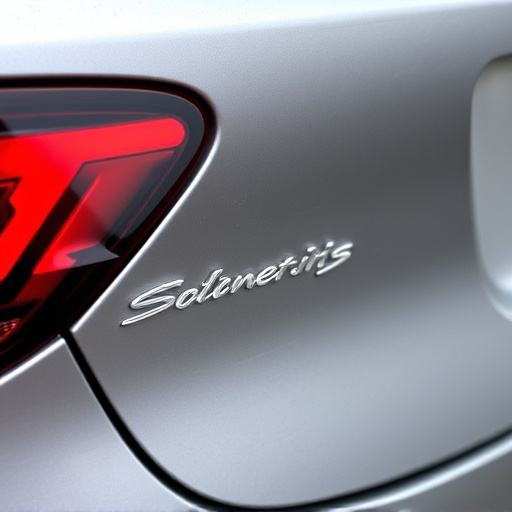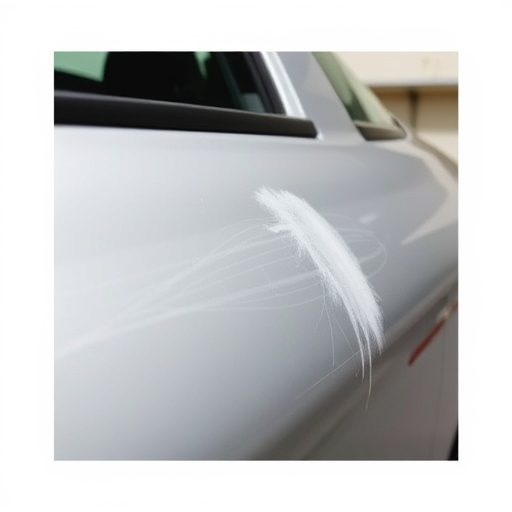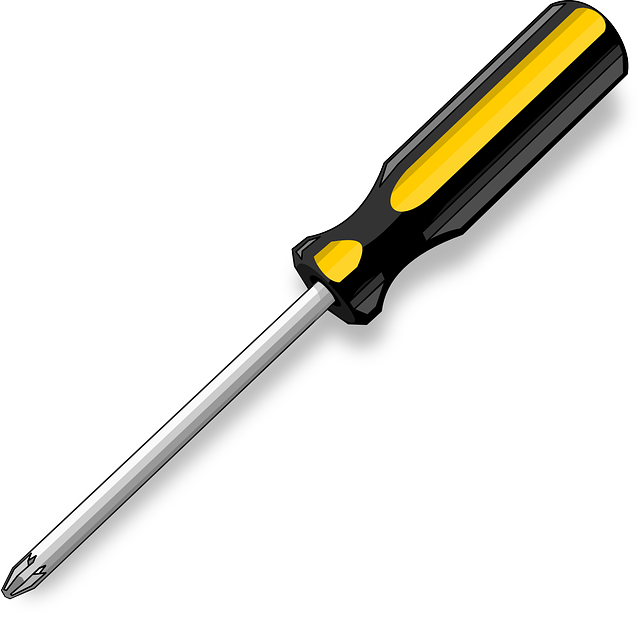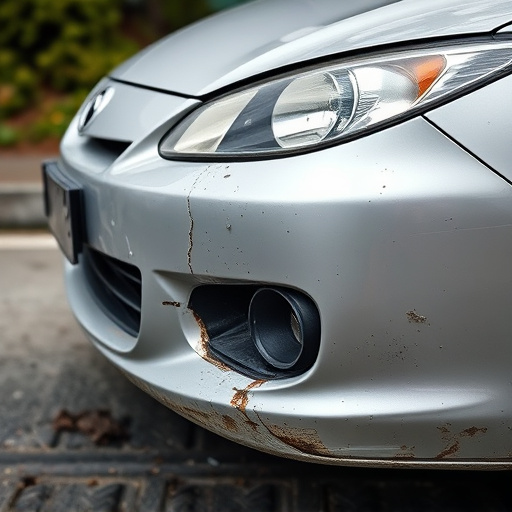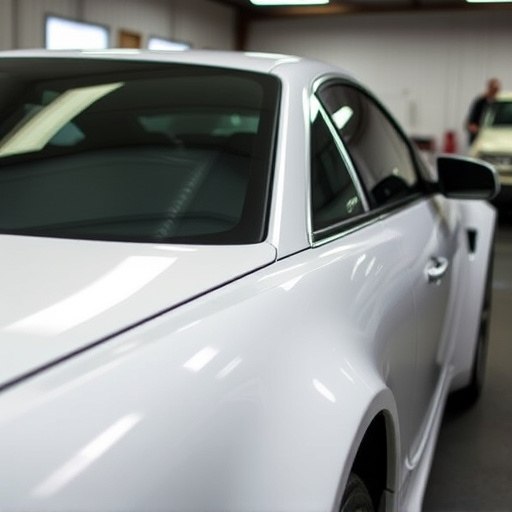Dent repair services employ various pricing strategies to cater to different budgets and preferences, such as per-job, hourly, value-based (including packages), dynamic, and cost-plus models. Cost-plus pricing offers transparency but may be less competitive. Competitive pricing, aligning with industry standards while maintaining high quality and service, is crucial for attracting and retaining customers in a dynamic market. Regularly reviewing material, labor, and part costs enables dent repair specialists to offer dynamic pricing, ensuring affordability and reliability.
Understanding the pricing models behind dent repair services is crucial for both business owners and consumers. This article delves into the various types of pricing strategies, from cost-plus to value-based, offering insights that cater to diverse market dynamics. We explore factors like severity of damage, vehicle type, location, labor rates, and materials used, which significantly influence dent repair service pricing. Additionally, best practices are highlighted for a transparent, competitive, and customer-centric approach, ensuring success in the dent repair industry.
Types of Pricing Models for Dent Repair Services
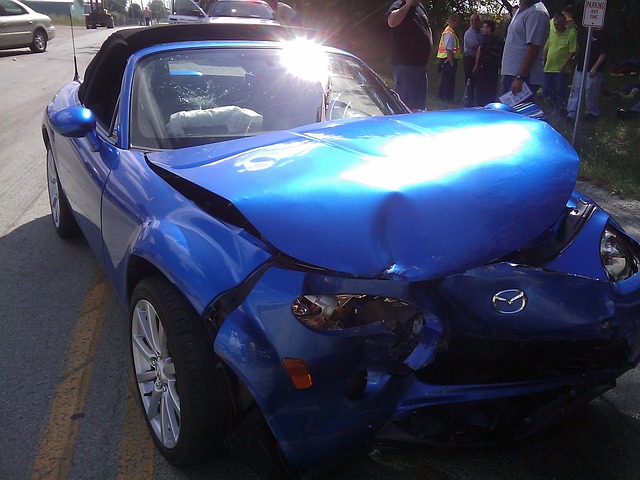
Dent repair services offer various pricing models to cater to diverse customer needs and budgets. The most common types include per-job pricing, where a fixed rate is quoted for repairing a specific dent, and hourly rates, suitable for more complex or extensive damage that may require additional auto body services. Some auto body shops also adopt value-based pricing, considering the cost and time invested in each unique case.
Another approach is package pricing, where a set price is offered for a complete dent repair process, including both parts replacement and auto detailing. This model streamlines the experience for customers, especially those looking for hassle-free solutions. Moreover, some providers offer dynamic pricing, adjusting rates based on factors like demand, location, and the availability of specialized technicians, ensuring fair prices during peak seasons or for specialized auto body shop services.
– Cost-plus pricing

Cost-plus pricing is a straightforward approach where dent repair shops charge clients based on the actual cost of materials and labor involved in the car body repair process. This method involves calculating the expense incurred and then adding a predetermined markup to cover overhead costs and profit margin. For dent repair services, this means estimating the price of parts, tools, and man-hours dedicated to fixing each dent or damage.
This pricing strategy offers transparency as clients are charged based on verifiable expenses. It is particularly useful for auto repair services where the scope of work can vary widely. However, it may not always be the most competitive option compared to other pricing models, such as fixed rates or dynamic pricing, which could make it less appealing for businesses aiming to attract price-conscious customers in a competitive market, like the car dent repair industry.
– Competitive pricing

In the competitive market of dent repair services, understanding pricing models is key to attracting and retaining clients. One of the most effective strategies is competitive pricing, where service providers set their rates in line with what similar businesses charge, if not slightly lower. This approach ensures that customers perceive value for money, especially when coupled with high-quality work and excellent customer service. By keeping an eye on competitors’ pricing strategies, dent repair specialists can position themselves as both affordable and reliable choices for vehicle body repair.
Moreover, competitive pricing involves staying updated on the cost of materials and labor to ensure that rates are fair. This means regularly reviewing prices for vehicle bodywork repairs, considering factors like the extent of damage, availability of parts, and labor costs. Such dynamic pricing allows businesses to adapt to market changes while maintaining a strong position in the industry.
Understanding the various pricing models for dent repair services is crucial for both businesses and consumers. By weighing the benefits of cost-plus pricing, which prioritizes material and labor costs, against competitive pricing, which focuses on market demand, individuals can make informed decisions. This knowledge allows them to choose services that align with their budgets while ensuring quality repairs for their vehicles. Ultimately, being aware of these models empowers folks to navigate the dent repair landscape with confidence.
